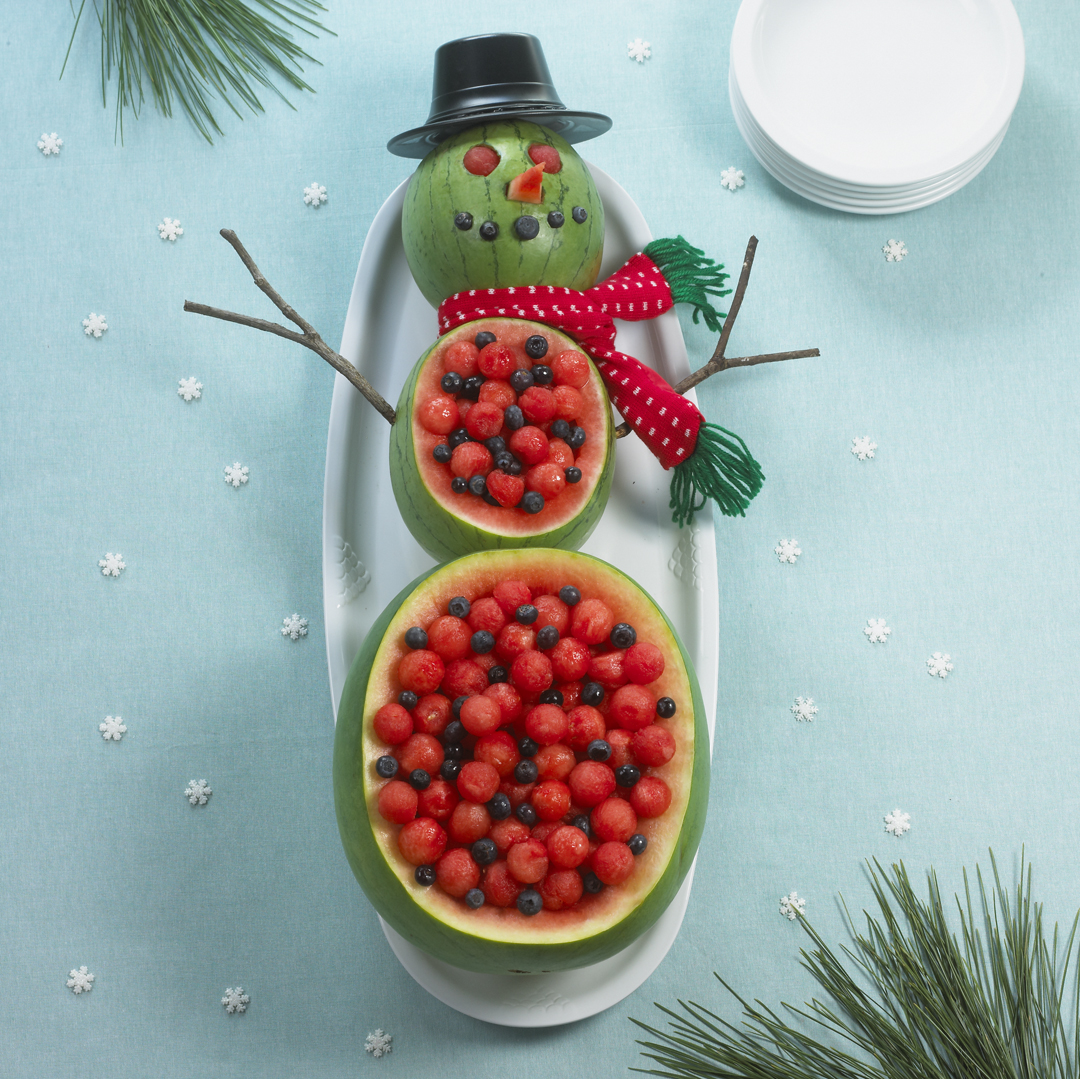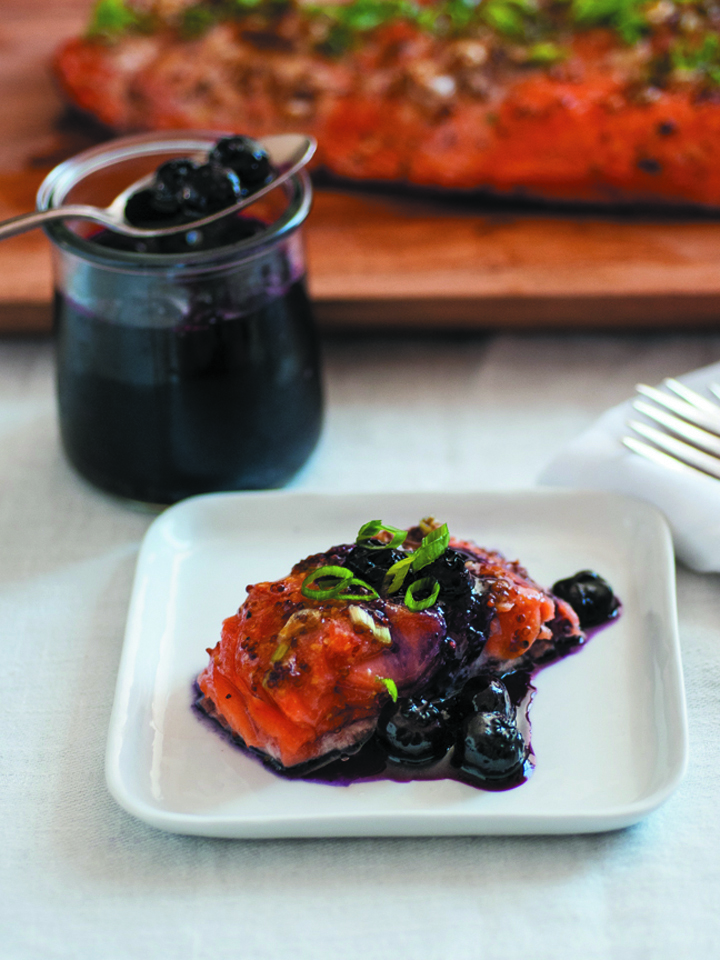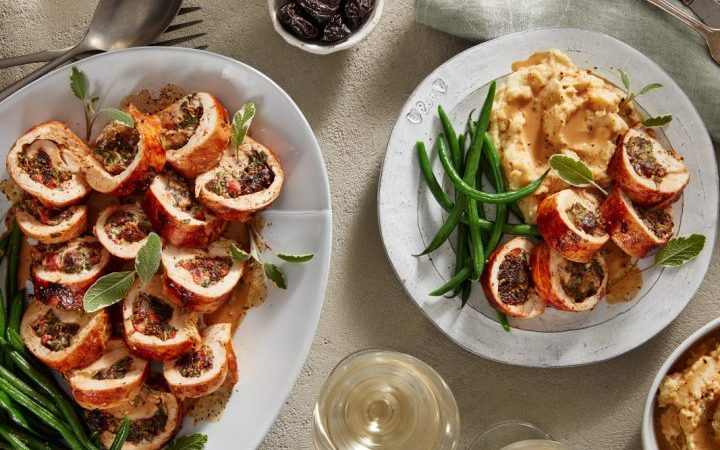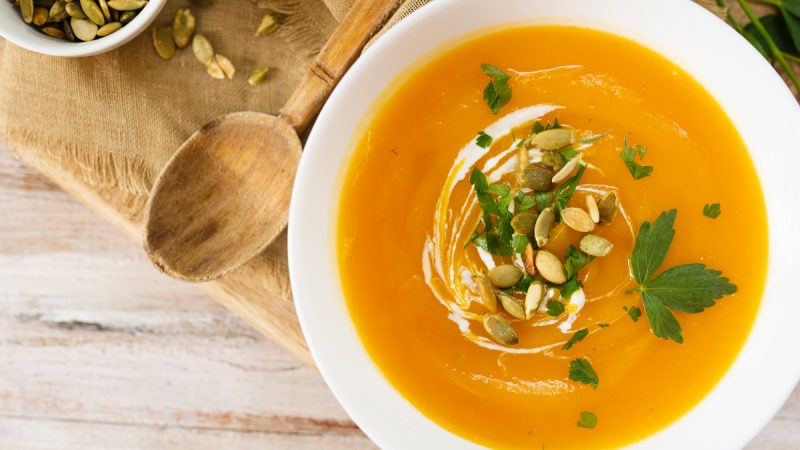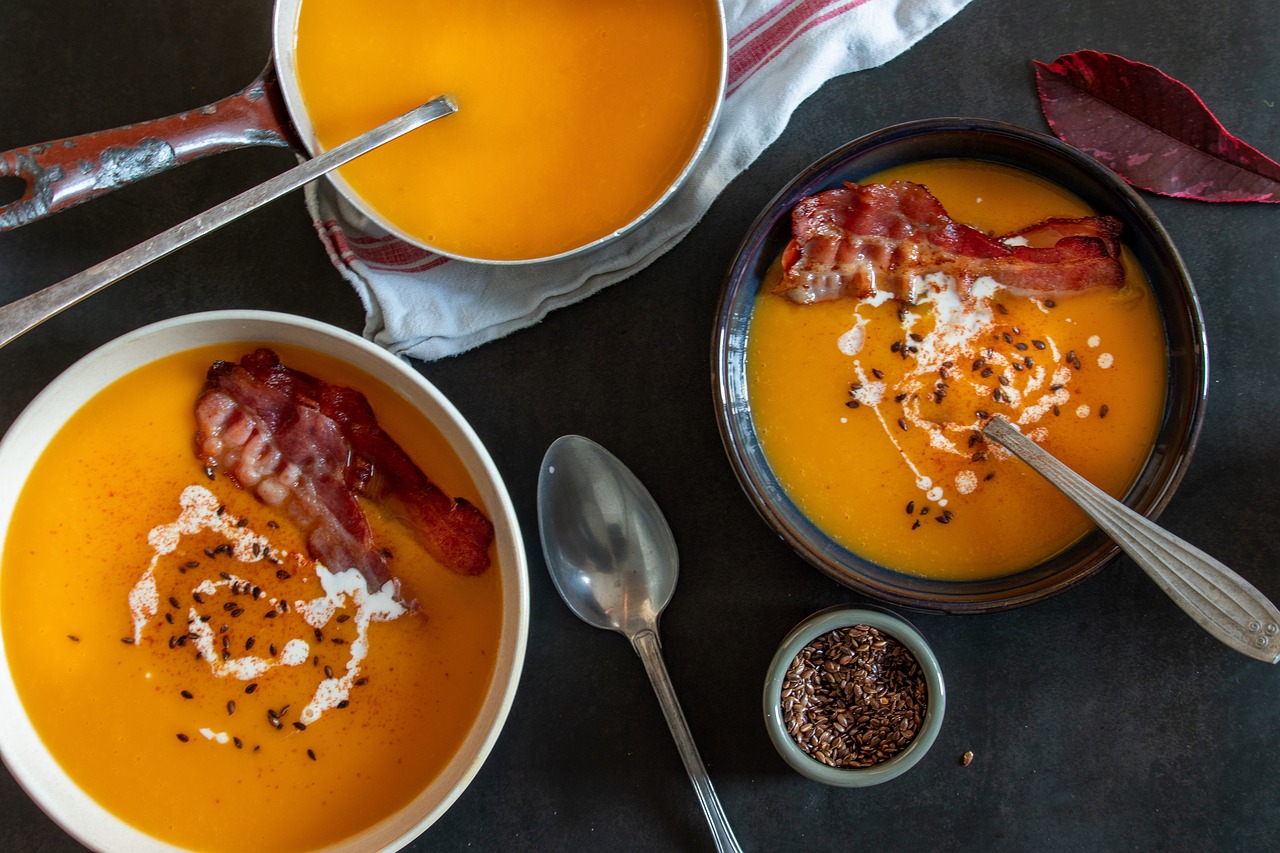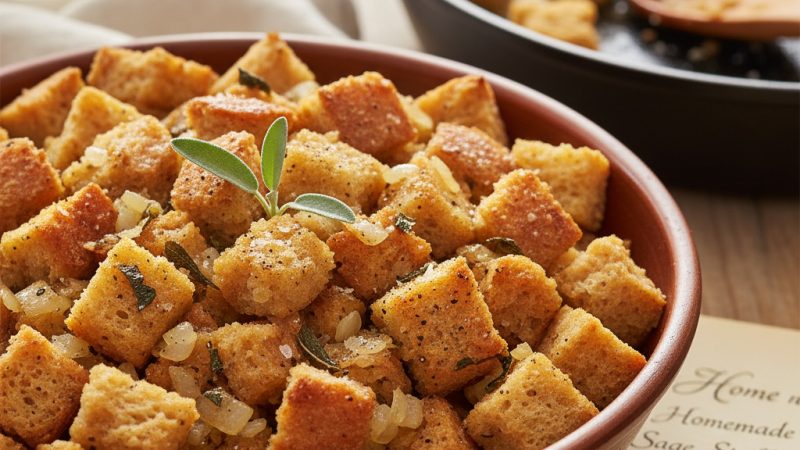How to Spice Apples for Breakfast, Lunch and Dinner
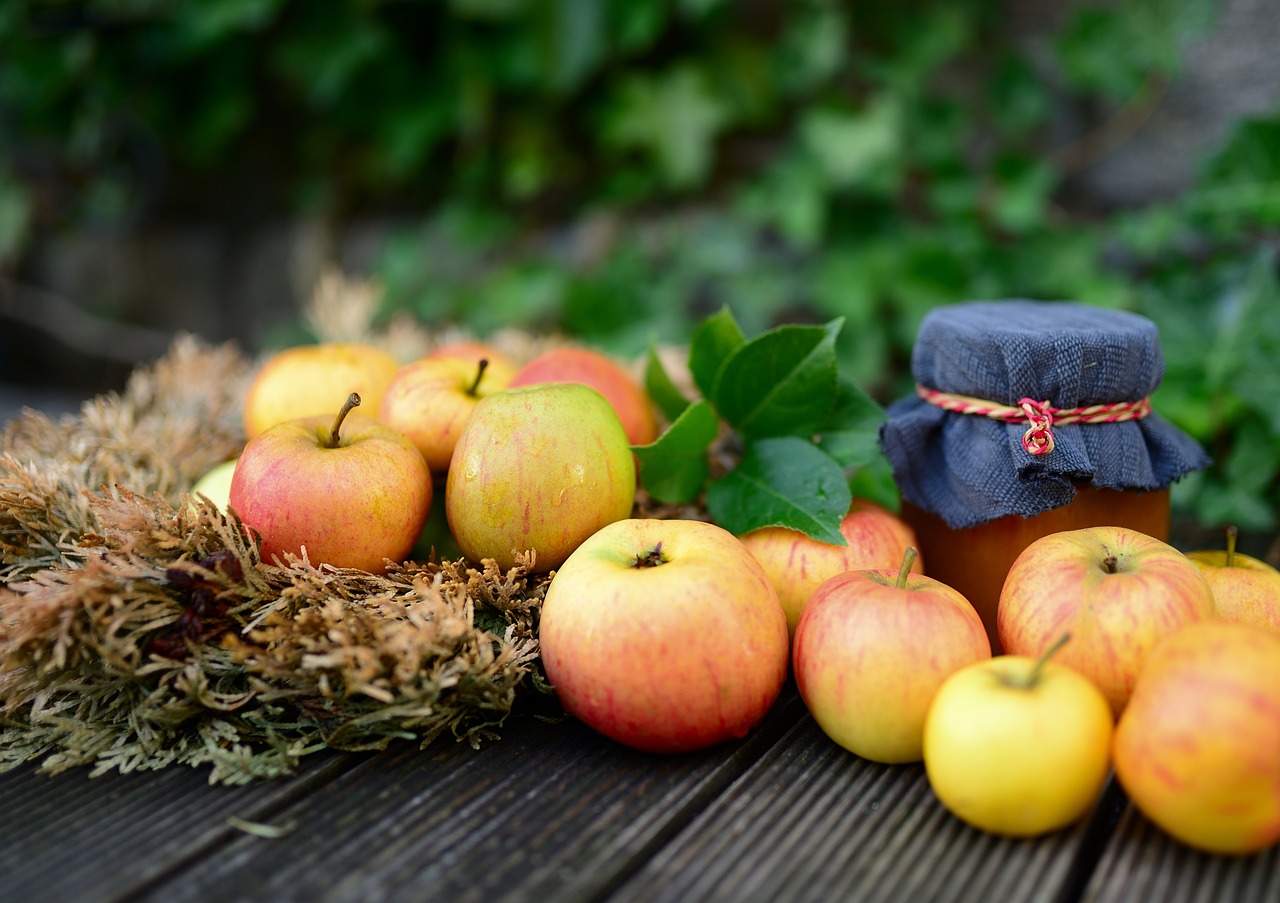
Not only do apples keep the doctor away, they are readily available in a number of varieties to suit both baking and eating. Here are some tips on how to spice up those apples you bought in quantity, and a short description on which apple varieties to buy, how to store them and how to incorporate them in every meal.
Because apples tolerate temperate climates, they are grown throughout the world. Even though we limit ourselves to the few varieties in grocery stores, there are hundreds available. Consider planting your own apple tree and grafting other types of apples in the same genus onto the tree. If you already have a tree or find yourself a victim of a great sale on apples, here are several ways to use them up.
To decide how many apples to use, figure one pound equals about 4 small, three medium or 2 large apples. Three cups of diced apples equals a pound and a 9-inch pie needs about 2 pounds of apples.
For applesauce try using Golden Delicious, Granny Smith, Gravenstein or Jonathan varieties or mix these three together. For pies use Winesap, Granny Smith or Gravenstein. For other cooking use Fuji, McIntosh, yellow pippin or Greening apples. If you want a tart taste Criterion, Jonathan, McIntosh, Winesap and Granny Smith are best. Freedom and Liberty apples tend to need fewer pesticides for growing.
Apples are at their best between September and November just after harvesting. Bigger is not always better, especially where the taste of an apple is concerned. Those in a bag are often smaller in size, cheaper in price and better tasting. Like with your spices, it is best to store apples in a cool, dark place. Keeping them in a plastic bag is wise, since they emit a gas that causes potatoes to sprout and lettuce to brown. So segregate them in your refrigerator.
Applesauce is a mixture of apples and water. Sugar is unnecessary unless you choose tart apples. Add about 3/4 of a cup of water for every 8 to 10 apples that you peel, core and chop up. Let the apples and water simmer in a covered saucepan for 15 minutes (longer depending on your ideal texture or the type of apple you are using). To spice this up add 3/4 to 1 teaspoon of cinnamon and 1/4 teaspoon of cloves. Adding 1/2 to 3/4 teaspoon of vanilla extract will enhance the flavor and sweetness. Blend for a less chunky texture.
For an apple butter spread for your morning toast, cook this recipe longer, allowing the moisture to reduce. Add a little brown sugar for thickening. Beat it in a blender for smoothness and experiment with the amount of spices for a wonderful jam. If you find yourself using a lot of apples in various recipes, consider blending your own jar of Apple Pie Spice Blend: 3 tablespoons cinnamon, 2 teaspoons ground allspice, 1 teaspoon ground nutmeg and 1 1/2 teaspoons ground ginger.
Applesauce is a great moisturizer. Use it in pancakes, cakes, cookies or muffins to replace the oil in a recipe. This is especially good with the added spices. If you have a recipe that seems to dry up too soon, like your favorite stuffing, consider adding a little applesauce to it to keep it moist. You can even add applesauce to vanilla yogurt for a smoothie.
Slice and core whole apples and serve them with cashews or cheese as an appetizer. Make a meal of it by slicing chunks of apples to dip into a fondue. Add them to a Waldorf salad with celery, grapes, walnuts and raisins. Try them diced and unpeeled to add color to coleslaw.
As a side dish apples are very tasty with red cabbage or sauerkraut. Sauté them with onions and add them to other vegetables and meat in the final minutes of stir-frying. Use five-spice powder, allspice and fennel to spice the stir-fry. A little Szechwan pepper is also good. Keep the apples from browning by adding lemon juice. If you like pork, serve applesauce with it or slice up an apple or two and cook them in butter. Add some fennel or caraway seeds and serve them over your cooked pork.
Not just for baking, apples are very useful fruits to keep in stock. Whether as a snack, part of a drink or cut up for use in a meal, the dependable apple is receptive to spicing and adds sweetness, moistness, texture and vitamins. It is hard to find a reason not to keep them on hand at all times.
The Author:
Copyright 2012 by Linda K Murdock. Linda Murdock is the best-selling author of A Busy Cook’s Guide to Spices, How to Introduce New Flavors to Everyday Meals and A Busy Cook’s Guide to Flavor-Packed Cookies and Bars. Unlike most spice books, you can turn to a food, whether meat, vegetable or starch, and find a list of spices that go well with that food. Recipes are included. To learn more or to sign up for more articles on how to spice foods go to http://bellwetherbooks.com
Photo. Congerdesign

